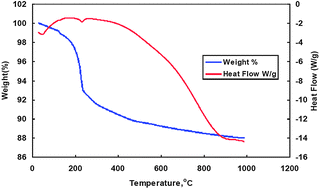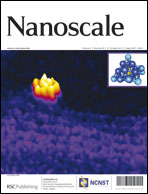Enhanced hydrogen production from water via a photo-catalyzed reaction using chalcogenide d-element nanoparticles induced by UV light
Abstract
Hydrogen has the potential to meet the requirements as a clean non-fossil fuel in the future. The photocatalytic production of H2 through water splitting has been demonstrated and enormous efforts have been published. The present work is an attempt to enhance the production of H2 during water splitting using synthesized nanoparticles based on chalcogenide d-element semiconductors via a photochemical reaction under UV-light in the presence of methanol as a hole-scavenger. In general, the enhanced activity of a semiconductor is most likely due to the effective charge separation of photo generated electrons and holes in the semiconductors. Hence, the utilization of different semiconductors in combination can consequently provide better hydrogen production. Accordingly in this research work, two different semiconductors, with different concentrations, either used individually or combined together were introduced. They in turn produced a high concentration of H2 as detected and measured using gas chromatography. Herein, data revealed that the nano-structured semiconductors prepared through this work are a promising candidate in the production of an enhanced H2 flux under visible UV radiation.


 Please wait while we load your content...
Please wait while we load your content...